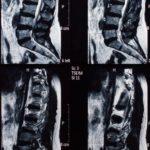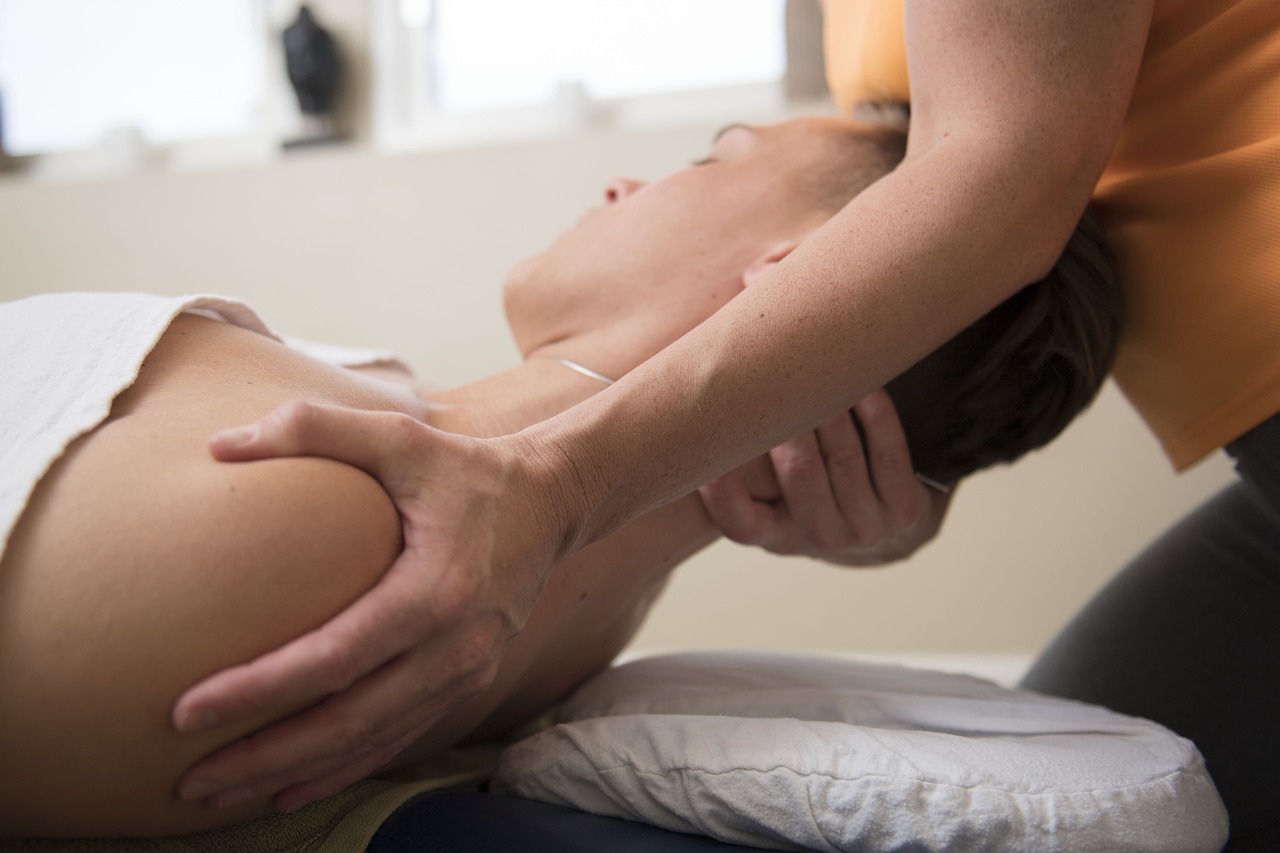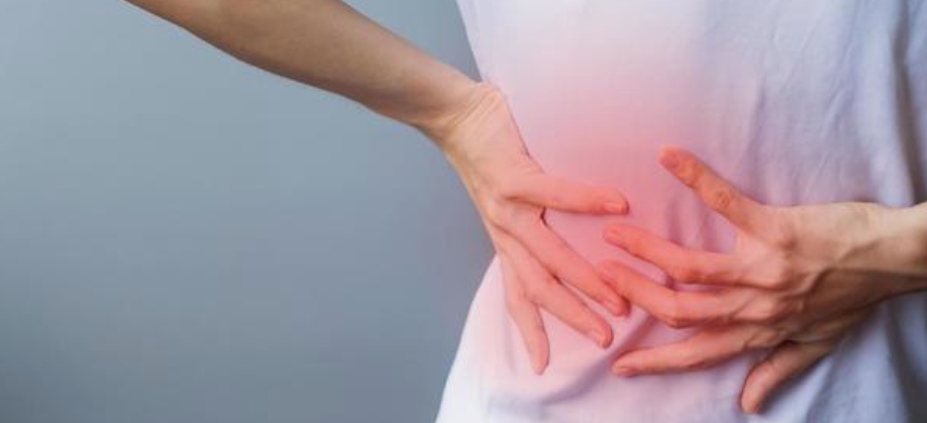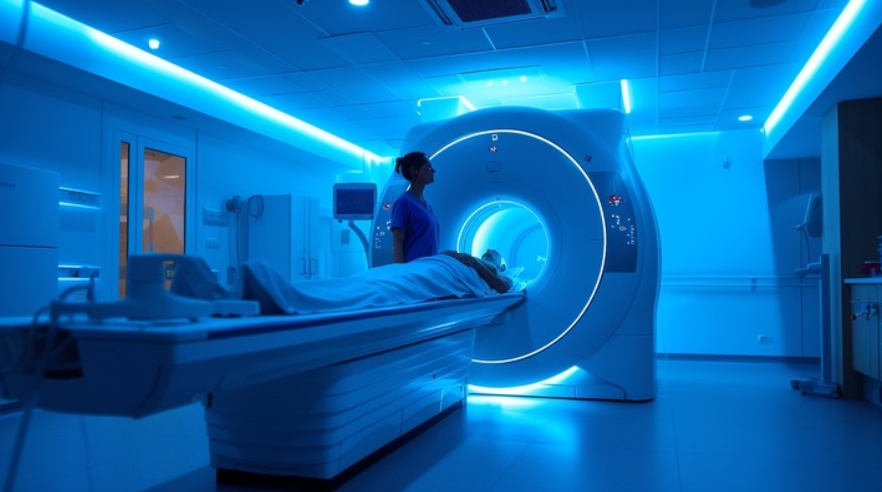Imaging Features and Early Outcomes:
Research has shown that the characteristics of lumbar disc herniation on imaging can predict the early outcomes of conservative management. Saal et al. (1990) found that the largest extrusions showed the most resorption, while contained protrusions had the least. Similar findings were reported by Delauche-Cavallier (1992), Maigne (1992), Bush (1992), and Cowan (1992), who noted that young patients often exhibited significant improvement. Komori (1996) observed the greatest reduction in size in migrated disc fragments. However, Saal and Saal (1989) reported rapid improvement in patients undergoing aggressive conservative treatment, regardless of herniation size.
Vroomen et al. (2002b) identified that MRI features such as annular rupture and nerve root compression were strong predictors of a favorable outcome within 12 weeks. Conversely, foraminal disc herniations were associated with poor outcomes. Saal (1996) indicated that concomitant spinal stenosis could predict an unfavorable spontaneous resolution. Carragee and Kim (1997) found the best outcomes in patients with a small hernia-to-canal size ratio. Epidural lipomatosis, often caused by endocrinologic issues or obesity, can also contribute to back pain and radicular symptoms, where weight reduction therapy might be beneficial (Robertson et al. 1997; Ishikawa et al. 2006).
Prognostic Value of Contrast Enhancement:
Gallucci et al. (1995) demonstrated that gadolinium contrast enhancement around extruded disc fragments could predict significant herniation reduction and good clinical outcomes in conservatively treated patients. This finding was supported by Splendiani et al. (2004), who noted that free fragments and herniations with high T2 signal intensities or peripheral enhancement had higher rates of spontaneous regression. Komori et al. (1998) confirmed that enhanced rims around migrating disc herniations often indicated a favorable reduction in size.
Natural Course vs. Surgical Intervention:
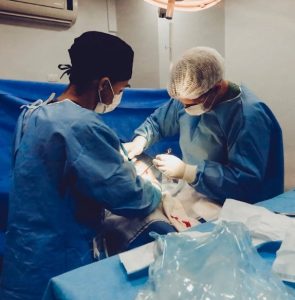
Acute sciatica, often accompanied by neurological symptoms, typically resolves within a short period without surgery, with up to 90% of patients experiencing good or excellent outcomes (Saal and Saal 1989; Bush et al. 1992; Bozzao et al. 1992). Studies have shown that disc extrusions and sequestrations, particularly in young patients, have a more favorable natural history compared to disc bulges and contained protrusions (Ito et al. 2001; Jensen et al. 2006).
Recovery and Treatment Efficacy:
Studies indicate that 60% of sciatica patients recover within 3 months, and 70% within a year (Weber et al. 1993). Vroomen et al. (1999) found that 87% of patients reported improvement within 12 weeks. However, 30% of conservatively treated patients may have significant complaints for a year or longer, particularly those with higher initial pain and disability scores or female patients (Peul et al. 2008a, b; Carragee and Kim 1997).
No conservative treatment method has proven superior, although epidural steroid injections have shown some efficacy (Luijsterburg et al. 2007; Vroomen et al. 2000). Surgical treatment generally yields high success rates, with early surgery offering faster pain relief and perceived recovery but similar 1-year outcomes to conservative treatment (Weber 1983; Peul et al. 2007).
Conclusion:
Surgery may provide faster symptom relief, especially in patients with severe, intractable pain, while those with less severe symptoms may not benefit significantly more from surgery than from conservative management. Long-term outcomes between surgical and conservative treatments are similar. A conservative management period of 6–8 weeks before considering surgery is generally recommended.
Learning Points
- Imaging Predictors of Outcomes: Specific MRI features, such as annular rupture, nerve root compression, and the size and shape of herniations, can predict the early outcomes of conservative treatment in lumbar disc herniation (Saal et al., 1990; Vroomen et al., 2002b).
- Contrast Enhancement as a Prognostic Tool: Gadolinium contrast enhancement around extruded disc fragments is a valuable predictor of significant herniation reduction and favorable clinical outcomes in patients undergoing conservative treatment (Gallucci et al., 1995; Splendiani et al., 2004).
- Natural Course of Sciatica: Acute sciatica generally resolves without surgical intervention in a majority of patients, with up to 90% reporting good or excellent outcomes through conservative management (Saal and Saal, 1989; Bush et al., 1992).
- Efficacy of Conservative vs. Surgical Treatment: While early surgery may offer faster symptom relief, long-term outcomes are similar to conservative treatment. Conservative management should be the first line of treatment for 6–8 weeks before considering surgical options (Peul et al., 2007; Weber, 1983).
- Factors Influencing Recovery: Higher initial pain and disability scores, female gender, and the presence of concomitant spinal stenosis or epidural lipomatosis can influence the rate of recovery and the effectiveness of conservative treatment (Peul et al., 2008a,b; Saal, 1996).
References
- Atlas SJ, Keller RB, Wu YA et al (2005a) Long-term outcomes of surgical and nonsurgical management of sciatica secondary to a lumbar disc herniation: 10 year results from the maine lumbar spine study. Spine 30(8):927.
- Atlas SJ, Keller RB, Wu YA et al (2005b) Long-term outcomes of surgical and nonsurgical management of lumbar spinal stenosis: 8 to 10 year results from the maine lumbar spine study. Spine 30(8):936.
- Bozzao A, Gallucci M, Masciocchi C et al (1992) Lumbar disk herniation: MR imaging assessment of natural history in patients treated without surgery. Radiology 185(1):135.
- Bush K, Cowan N, Katz DE et al (1992) The natural history of sciatica associated with disc pathology. A prospective study with clinical and independent radiologic follow-up. Spine 17(10):1205.
- Carragee EJ, Kim DH (1997) A prospective analysis of magnetic resonance imaging fi ndings in patients with sciatica and lumbar disc herniation. Correlation of outcomes with disc fragment and canal morphology. Spine 22(14):1650.
- Cowan NC, Bush K, Katz DE et al (1992) The natural history of sciatica: a prospective radiological study. Clin Radiol 46(1):7.
- Delauche-Cavallier MC, Budet C, Laredo JD et al (1992) Lumbar disc herniation. Computed tomography scan changes after conservative treatment of nerve root compression. Spine 17(8):927.
- Gallucci M, Bozzao A, Orlandi B et al (1995) Does postcontrast MR enhancement in lumbar disk herniation have prognostic value? J Comput Assist Tomogr 19(1):34.
- Hakelius A (1970) Prognosis in sciatica. A clinical follow-up of surgical and non-surgical treatment. Acta Orthop Scand Suppl 129:1.
- Haro H, Shinomiya K, Komori H et al (1996) Upregulated expression of chemokines in herniated nucleus pulposus resorption. Spine 21(14):1647.
- Ishikawa Y, Shimada Y, Miyakoshi N et al (2006) Decompression of idiopathic lumbar epidural lipomatosis: diagnostic magnetic resonance imaging evaluation and review of the literature. J Neurosurg Spine 4(1):24.
- Ito T, Takano Y, Yuasa N (2001) Types of lumbar herniated disc and clinical course. Spine 26(6):648.
- Jensen TS, Albert HB, Soerensen JS et al (2006) Natural course of disc morphology in patients with sciatica: an MRI study using a standardized qualitative classifi cation system. Spine 31(14):1605.
- Komori H, Okawa A, Haro H et al (1998) Contrast-enhanced magnetic resonance imaging in conservative management of lumbar disc herniation. Spine 23(1):67.
- Komori H, Shinomiya K, Nakai O et al (1996) The natural history of herniated nucleus pulposus with radiculopathy. Spine 21(2):225.
- Luijsterburg PA, Verhagen AP, Ostelo RW et al (2007) Effectiveness of conservative treatments for the lumbosacral radicular syndrome: a systematic review. Eur Spine J 16(7):881.
- Maigne JY, Rime B, Deligne B (1992) Computed tomographic follow-up study of forty-eight cases of nonoperatively treated lumbar intervertebral disc herniation. Spine 17(9):1071.
- Peul WC, Brand R, Thomeer RT et al (2008a) Influence of gender and other prognostic factors on outcome of sciatica. Pain 138(1):180.
- Robertson SC, Traynelis VC, Follett KA et al (1997) Idiopathic spinal epidural lipomatosis. Neurosurgery 41(1):68.
- Saal JA (1996) Natural history and nonoperative treatment of lumbar disc herniation. Spine 21(24 Suppl):2S.
- Saal JA, Saal JS (1989) Nonoperative treatment of herniated lumbar intervertebral disc with radiculopathy. An outcome study. Spine 14(4):431.
- Saal JA, Saal JS, Herzog RJ (1990) The natural history of lumbar intervertebral disc extrusions treated nonoperatively. Spine 15(7):683.
- Splendiani A, Puglielli E, De Amicis R et al (2004) Spontaneous resolution of lumbar disk herniation: predictive signs for prognostic evaluation. Neuroradiology 46(11):916.
- Vroomen PC, de Krom MC, Slofstra PD et al (2000) Conservative treatment of sciatica: a systematic review. J Spinal Disord 13(6):463.
- Vroomen PC, de Krom MC, Wilmink JT et al (1999) Lack of effectiveness of bed rest for sciatica. N Engl J Med 340(6):418.
- Vroomen PC, de Krom MC, Wilmink JT et al (2002a) Diagnostic value of history and physical examination in patients suspected of lumbosacral nerve root compression. J Neurol Neurosurg Psychiatry 72(5):630.
- Weber H (1983) Lumbar disc herniation. A controlled, prospective study with ten years of observation. Spine 8(2):131.
- Weber H, Holme I, Amlie E (1993) The natural course of acute sciatica with nerve root symptoms in a double-blind placebo-controlled trial evaluating the effect of piroxicam. Spine 18(11):1433.
- Weiner BK, Patel NM, Walker MA (2007) Outcomes of decompression for lumbar spinal canal stenosis based upon preoperative radiographic severity. J Orthop Surg 2:3.
- Weinstein JN, Lurie JD, Tosteson TD et al (2006) Surgical vs nonoperative treatment for lumbar disk herniation: the Spine Patient Outcomes Research Trial (SPORT) observational cohort. JAMA 296(20):2451.
- Weinstein JN, Tosteson TD, Lurie JD et al (2008) Surgical versus nonsurgical therapy for lumbar spinal stenosis. N Engl J Med 358(8):794.
